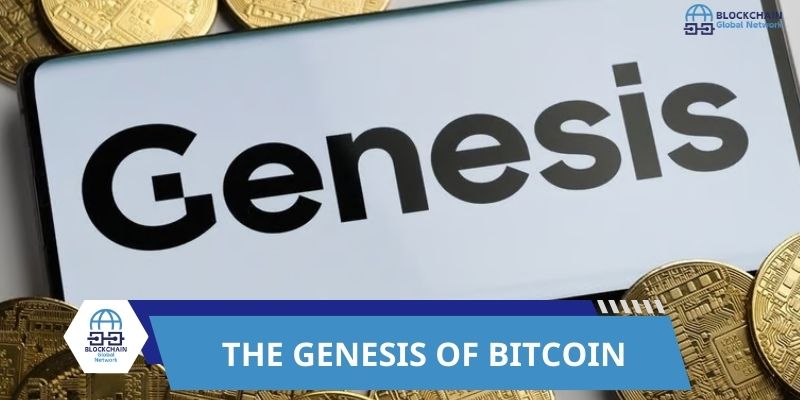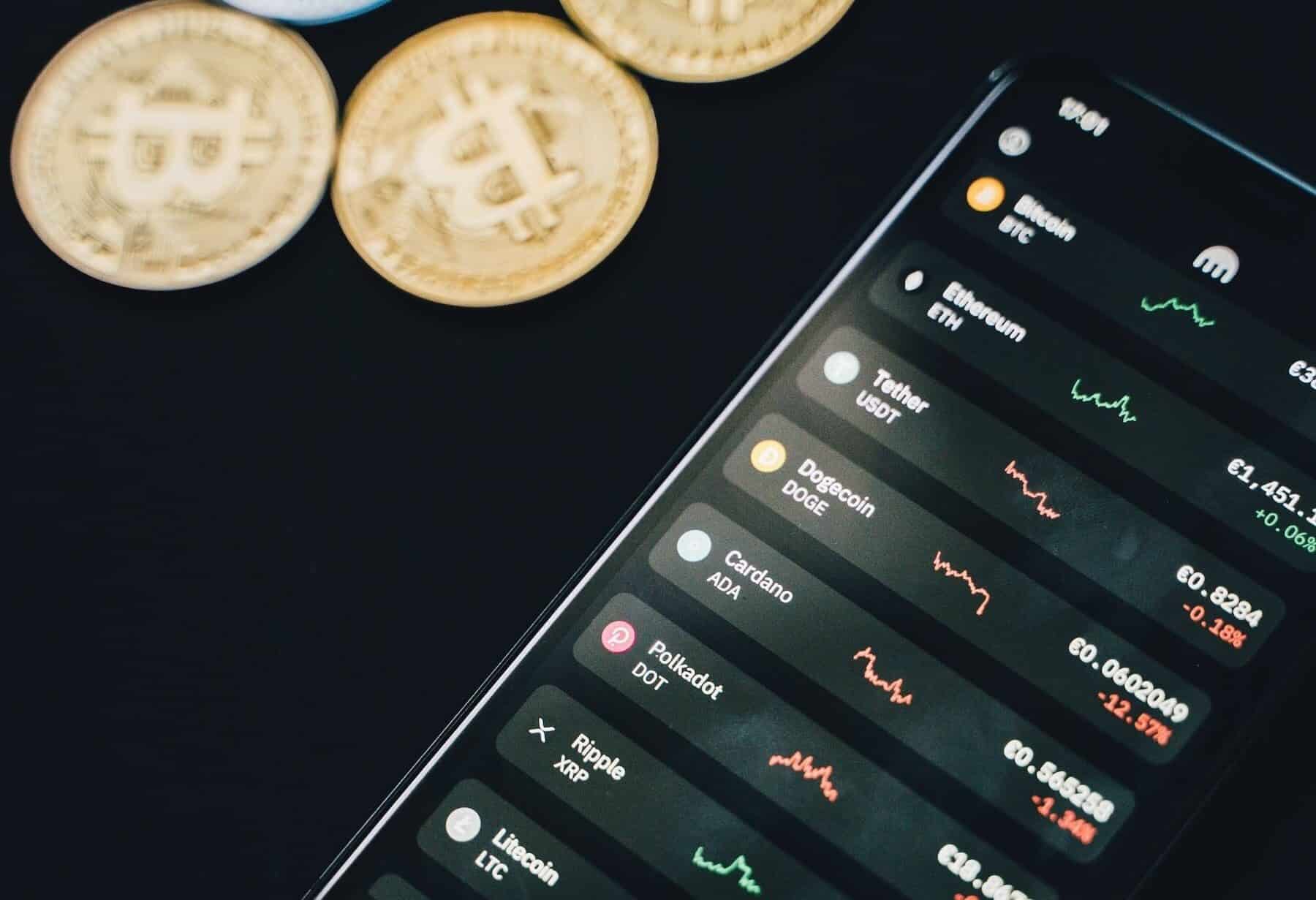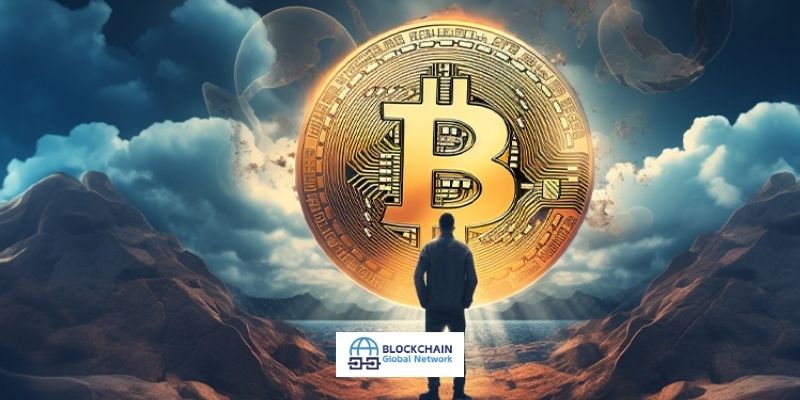Curious about Bitcoin, the revolutionary “Peer-to-Peer Electronic Cash System“? In our fast-paced digital era, traditional money feels outdated. Bitcoin isn’t just a trend; it’s reshaping currency itself. Join me as we explore this groundbreaking innovation, its origins, and what the future holds for digital gold. Ready to dive in? Let’s go!
The Genesis of Bitcoin: Satoshi Nakamoto’s Vision
The Emergence of Digital Gold
Bitcoin is kind of like digital gold. It was made to send money over the internet. Satoshi Nakamoto wrote about it in 2008. He wanted a money system with no big banks in control.
Before Bitcoin, people used money tied to gold or governments. Bitcoin is different. You can’t hold it like coins or bills in your pocket. It’s just numbers on a computer, but like gold, there’s only so much of it.
Now, kids might wonder, if you can’t touch it, how do you know it’s yours? With Bitcoin, each coin is kept safe using math. It’s like having a super secret code that only you know.
Deciphering the Bitcoin Whitepaper
When Satoshi wrote Bitcoin’s whitepaper, he explained how it works. A whitepaper is like giving everyone the secret plans to build a cool new toy, but with really big words.
So here’s the simple version: Think of Bitcoin as a long chain of blocks. Each block has a list of all the trades. And once a block is full, it’s added to the chain.
Satoshi made it so this chain, called the “blockchain,” lets everyone see the trades, but without giving away who is trading. It’s like playing a game where everyone can see the score, but no one knows the other players’ names.
Whoever wants to send Bitcoin does it like this: They tell the network, “Hey, I’m giving some Bitcoin to my friend!” Then, everyone’s computer agrees on it. That’s what makes Bitcoin super special – there’s no need for a bank to say it’s okay.
Remember talking about super secret codes? Those are used here too. They’re called public and private keys. Think of them like a mailbox. Anyone can know your mailbox number, but only you have the key to open it.
Now, lots of computers have to check that a trade is right. They solve tough math problems to do this. That’s called “mining.” These computers are called “miners,” and they get new Bitcoins for their hard work.
But here’s the thing: Not everyone thinks Bitcoin is the best. Some say it uses too much electricity. Others worry about bad guys using it because it’s hard to trace. That’s why it’s really important to learn as much as you can about Bitcoin.
Satoshi’s vision was pretty bold. He thought about a world where people could pay each other directly, no matter where they were. And now, more and more people are using Bitcoin. Some buy it hoping its price goes up, like a rare baseball card.
Still, it’s not perfect. Sometimes it can be slow. And each trade costs a little bit of money, which we call fees. But even with all that, Bitcoin is a big deal. It started a whole bunch of new ideas about money!
So, that’s the story of Bitcoin. It’s changing how we think about and use money. It’s pretty exciting, right? Just like when we went from trading shells to using gold, now we’re moving into the age of digital money. And it all started with Satoshi’s dream – a way to pay that belongs to everyone, not just the big banks.
The Mechanics of Bitcoin: How It Works
Exploring Blockchain Technology
Think of blockchain as a magic ledger. It’s a list that everyone can see, but no one can mess with. Each page of this book records Bitcoin moves from person to person. We call these pages “blocks,” and they link together (that’s the “chain” part) to keep everything in order. No one owns this book. It lives on computers all over the world.
So, what’s cool about this book? Once written, no one can change it. That means when I send you Bitcoin, it’s final. No take-backs! It’s also open for anyone to read. This way, everyone knows that every Bitcoin is real and every trade is fair.
Understanding Bitcoin Mining and Transactions
Now, let’s talk mining—but not the kind with picks and shovels. Bitcoin mining is like a game of guesswork, but with super-powerful computers. These computers, or “mining rigs,” compete to solve tricky puzzles. The first to win adds a new page to our magic ledger and gets some Bitcoin as a prize.
But why do we even mine? It’s how new Bitcoin enters the world. And it’s how we make sure no one spends the same Bitcoin twice. Think of miners as detectives, making sure each Bitcoin trade follows the rules.
When I want to send you Bitcoin, it starts with my digital wallet. I tell the network, “Hey, I’m giving some Bitcoin to my friend!” Miners hear this and say, “Got it, let’s check if this is for real.” They look at the magic ledger and use special math to confirm it’s all good. If it checks out, they add it to a new block.
But we can’t forget about fees. To motivate miners, I offer a little tip. This is the transaction fee. When miners see my fee, they make it a priority to check my trade first. More fee, faster service. It’s like getting a fast pass at an amusement park.
Plus, Bitcoin only makes new coins every so often. This slowing down over time is called “halving.” It’s a way to make sure we don’t run out of Bitcoin too fast.
Let’s zoom out. Why does all this matter? Think about it. You’re a part of a huge network where you have power. No banks, no middlemen. Just you, the magic ledger, and everyone else in the Bitcoin world. This is big – it’s reshaping how we handle money in our digital age.
Look, we’re just getting started. Remember, Bitcoin isn’t just a fad. It’s a new kind of money. It asks us to think differently about what money is and how we use it. So, next time you hear about Bitcoin, see it as more than coins and codes. It’s a ticket to change the way the world sees and uses money.
Securing Your Bitcoin: Wallets and Safety Measures
The Importance of Digital Wallet Security
Keeping your digital wallet safe is like keeping your money safe. If you own Bitcoin, you have a digital wallet. It holds your coins. Think of it like a bank account in your pocket. But there’s a twist. You are your own bank. So, you must keep it super safe. Hackers always want to steal Bitcoin. Why? Because it’s valuable, like gold, but digital.
Here’s the deal. Your wallet has two keys: one public, one private. Your public key is your wallet address. Share it with no worries. It’s like your email address for getting Bitcoin. But your private key? That’s secret. It’s like your password. Never share it. If bad folks get it, they can take all your Bitcoin. And once they’re gone, they’re gone for good.
Preventing Unauthorized Access with Public and Private Keys
Let’s dive deeper into keys. Think of your public key like your home address. Anyone can know it. When you get Bitcoin, it comes to your public key. Simple, right? But your private key is like the key to your house. Only you should have it. It signs off on transactions, to send Bitcoin. Without it, you can’t prove the Bitcoins are yours.
Here are some quick tips to keep your Bitcoins safe. Use a strong password. The kind with letters, numbers, and symbols all mixed up. Like a potion. Make backups of your wallet. Store them in different places. And watch out for phishing. These are tricks, like fake emails or websites. They try to steal your private key. Don’t fall for them.
In conclusion (though we’re not wrapping up here—just giving you more to think about), imagine your digital wallet as a small vault. You hold the key. Keep that key, your private key, under lock and key, and you keep your Bitcoin secure. It’s a game of trust, and you’re all the defense you’ve got. So, suit up, stay sharp, and watch over your digital gold.
The Future of Bitcoin and Its Impact on Society
Bitcoin’s Influence on Decentralized Finance (DeFi)
Let’s talk about Bitcoin changing money as we know it. It’s like magic Internet money that you can send to anyone in the world. You can buy things, save money, and even earn more just by being smart about it. It’s a big deal because you’re in charge, not some bank or government. People call this DeFi, and it’s huge because anyone can join.
Now for the tricky parts. You see, Bitcoin works on this thing called blockchain. It’s like a giant book that keeps track of who has what. It’s safe and nobody can cheat because everyone checks the book. When you send Bitcoin to someone else, it’s like writing in that book so everyone can see and agree.
But don’t worry! Even though everyone can see it, they don’t know it’s you. You have a special key that locks your Bitcoin so only you can use it. It’s called a wallet address. Think of it like a secret club password. You can share it to get Bitcoin but keep it safe!
Regulatory Considerations and the Path Ahead for Digital Currencies
Let’s peek at the road ahead for Bitcoin. Some folks are a bit wary about this new Internet money. They want to make sure it’s used for good and not bad stuff. That’s where rules come in. Governments around the world are thinking about how to make fair rules for using Bitcoin. They’re trying to figure out how to keep Bitcoin safe and fair for everyone.
Truth is, rules can make things a bit tricky. They can help make sure people use Bitcoin right, but too many rules might make it less fun and free. It’s a tough balance to find.
Looking ahead, Bitcoin could change everything! Imagine buying your favorite video game or a slice of pizza with Bitcoin. It’s already happening in some places. And as more people use Bitcoin, it could become like a digital version of gold.
But remember, Bitcoin is still growing up. Sometimes it needs to take a nap and fix its problems, like making sure it can handle tons of people using it without getting slow or too pricey. This is called scalability.
In the end, Bitcoin is a big adventure. We’re part of a new kind of money future. How exciting is that! We’ve got to keep it safe, make it easy for everyone, and play by the rules. That way, Bitcoin keeps its promise and helps everyone in our digital world.
We dove deep into Bitcoin, from its start to how it could change our future. We looked at how Satoshi Nakamoto kicked things off and why some call Bitcoin ‘digital gold.’ Understanding the whitepaper showed us the real deal behind the hype.
Then we jumped into how Bitcoin actually works. Blockchain is the tech that keeps Bitcoin safe. Bitcoin mining and transactions are the blood that keeps the Bitcoin heart pumping.
Next, we made sure you know how to keep your Bitcoin secure. Digital wallets are a must-have, but they need strong security. We talked about keys that lock up your digital cash so only you can touch it.
Finally, we talked about what’s next for Bitcoin. It makes big waves in finance and even gets governments thinking about new rules. Its journey is far from over, and we’ll all feel its effects.
For more insights, follow Blockchain Global Network!





RELATED POSTS
Security of Proof of Work: Is Your Cryptocurrency Safe?
Security of Proof of Work...
NebulaStride Airdrop – Tips to Maximize Income
To maximize your income from...
What are the best crypto wallets?
Wondering what are the best...
Join the NODEPAY Airdrop today – Easy to Earn Points
Looking to explore the world...
U2U Token Price Prediction: Understanding the Factors Behind Its Future Growth
The world of cryptocurrency is...
Role of Blockchain Security Audits: Your Crypto Safe Haven?
Enhance Blockchain Security with Audits....
Revolutionizing the Classroom: How Blockchain Will Transform Education
Enhance education with blockchain! Strengthen...
Advantages of Blockchain Transparency: Unveiling the Trust Revolution
Unlock the Advantages of Blockchain...
What is Bitcoin Lightning Network? Revolutionizing Crypto Transactions
What is Bitcoin Lightning Network?...
What is ZetaChain? The Omnichain Blockchain platform
What is ZetaChain? Discover the...
The Backwoods Game: Is it the next big hit on Solana?
With engaging action gameplay, stunning...
Kelp DAO Airdrop – How to Earn Money from Kelp Miles
The Kelp Miles program within...
Liquid Native Restaking: Unlocking new potential in Ethereum staking
Liquid Native Restaking is emerging...
Bitlayer Airdrop and the opportunity to earn token exchange points
The Bitlayer Airdrop is not...
Emerging Consensus Mechanisms: Beyond PoW and PoS, What’s Next?
Emerging consensus mechanisms (alternatives to...
What is Particles? Exploring the details of the project
In the rapidly growing blockchain...